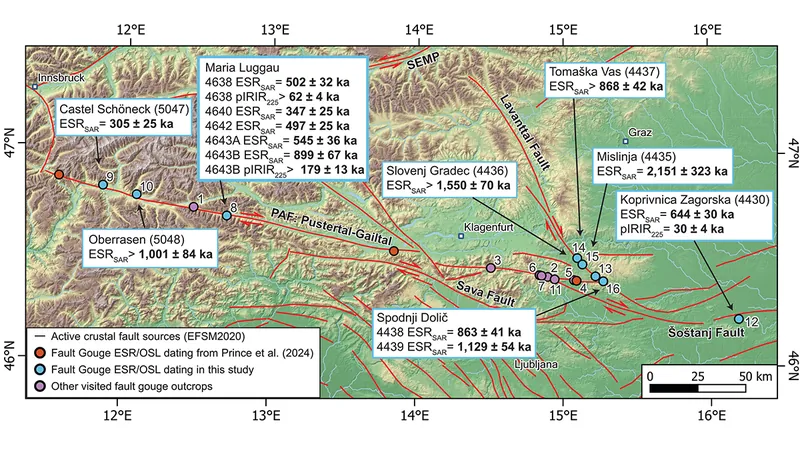
Revolutionary Methods Uncover Secrets of Ancient Fault Activity in the Eastern Alps
2025-08-18
Author: Michael
Unraveling the Mystery of Past Earthquakes
How can scientists uncover the history of fault slips in regions where earthquakes are rare and visible geological signs are almost non-existent? A groundbreaking study led by Prince et al. (2025) aims to tackle this formidable challenge in the Eastern Alps.
Cutting-Edge Dating Techniques
Utilizing two state-of-the-art techniques—optically stimulated luminescence (OSL) and electron spin resonance (ESR)—the researchers delve into the past. These ‘trapped charge’ methods operate on the principle of releasing electrons trapped in imperfections within quartz or feldspar crystals, which can be triggered by light or heat.
Insights from the Faults
This research focused on analyzing fault gouge from three significant faults: the Šoštanj, Periadriatic, and Lavanttal faults. By comparing the signals from these faults, the team provided crucial insights into their seismic activity during the Quaternary period, spanning approximately 2.6 million years.
Among the findings, the Šoštanj fault displayed notable activity, with OSL dates indicating events as recent as 30,000 years ago and low ESR saturation levels hinting at multiple occurrences of fault slips. In stark contrast, the Lavanttal fault exhibited much older ESR dates ranging between 860,000 years and over 2 million years, suggesting a period of seismic dormancy.
Implications for Seismic Hazard Assessment
This study underscores the potential of trapped charge dating to reveal the slip histories of various faults, even in regions lacking recent seismicity. While determining precise dates for individual earthquakes presents challenges due to analytical uncertainties, the synergy of OSL and ESR provides a broader narrative of shallow fault slip timing and distribution.
Understanding these patterns is paramount for geological hazard assessment and enhances our comprehension of regional tectonics.
A Step Forward in Geological Research
As the utility of these advanced techniques grows, they promise to reshape our understanding of tectonic activity in historically and seismically complex regions. This innovative study opens doors to further research and may offer crucial insights into predicting future seismic events.
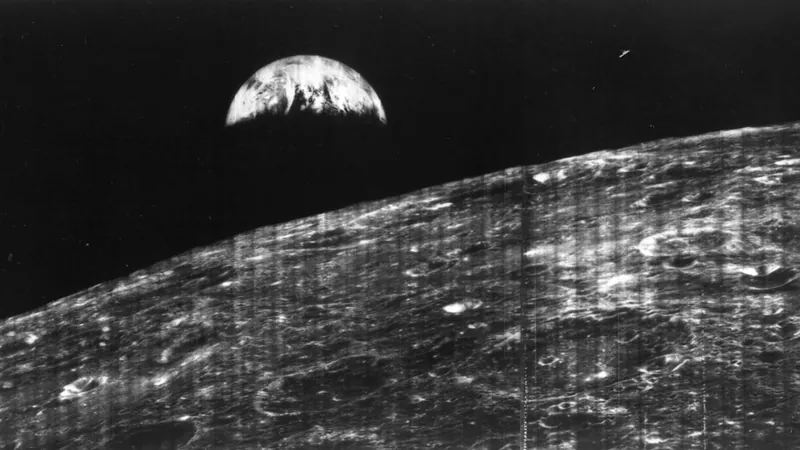

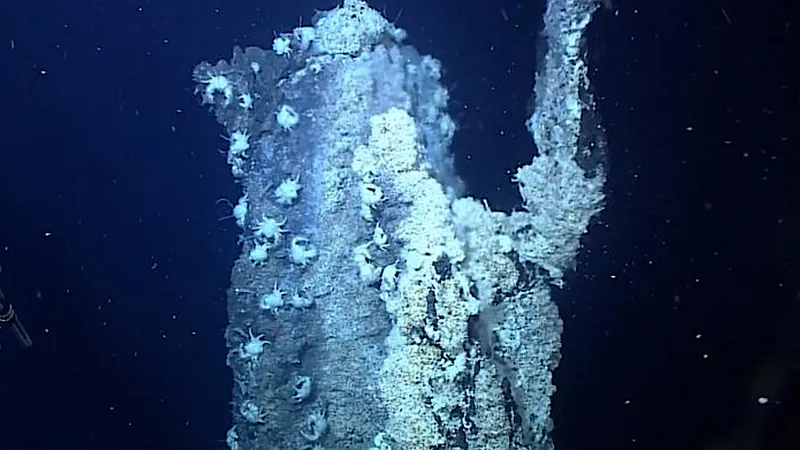
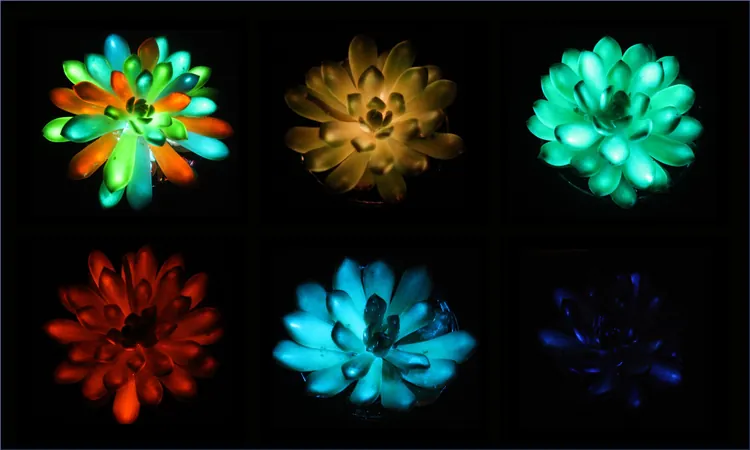

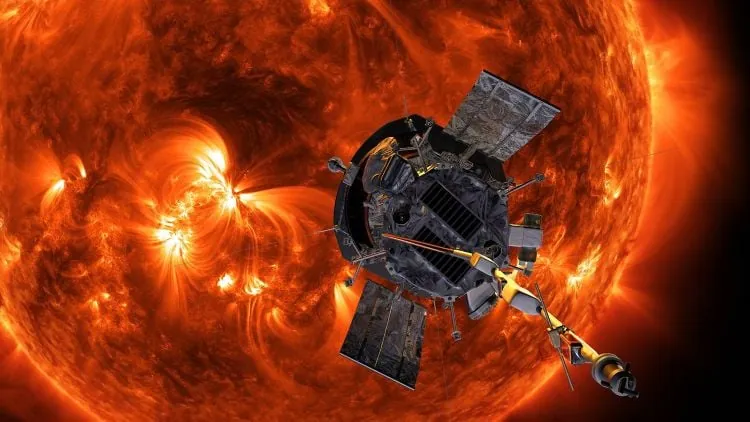



 Brasil (PT)
Brasil (PT)
 Canada (EN)
Canada (EN)
 Chile (ES)
Chile (ES)
 Česko (CS)
Česko (CS)
 대한민국 (KO)
대한민국 (KO)
 España (ES)
España (ES)
 France (FR)
France (FR)
 Hong Kong (EN)
Hong Kong (EN)
 Italia (IT)
Italia (IT)
 日本 (JA)
日本 (JA)
 Magyarország (HU)
Magyarország (HU)
 Norge (NO)
Norge (NO)
 Polska (PL)
Polska (PL)
 Schweiz (DE)
Schweiz (DE)
 Singapore (EN)
Singapore (EN)
 Sverige (SV)
Sverige (SV)
 Suomi (FI)
Suomi (FI)
 Türkiye (TR)
Türkiye (TR)
 الإمارات العربية المتحدة (AR)
الإمارات العربية المتحدة (AR)